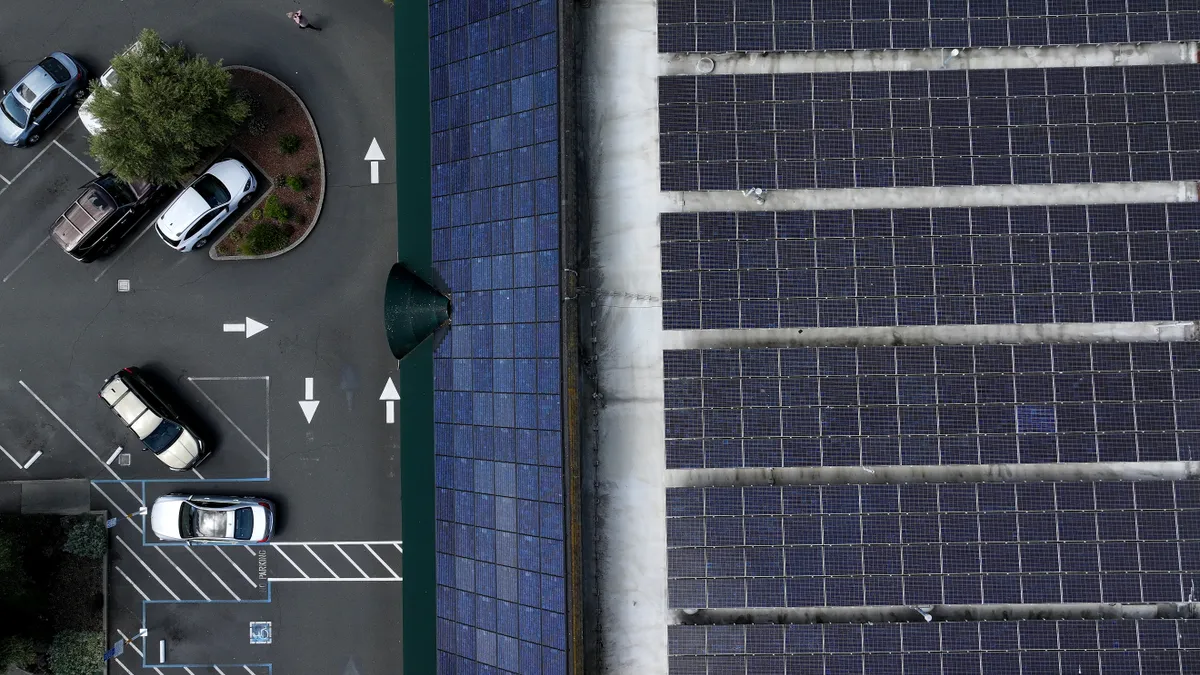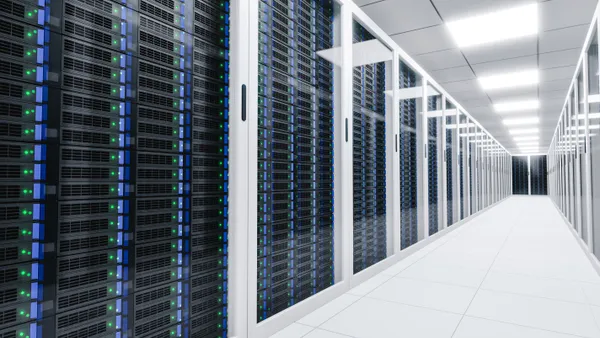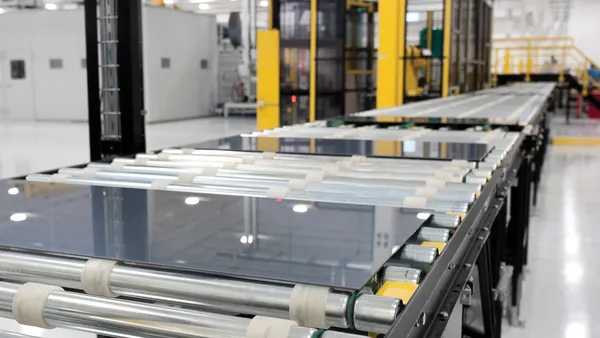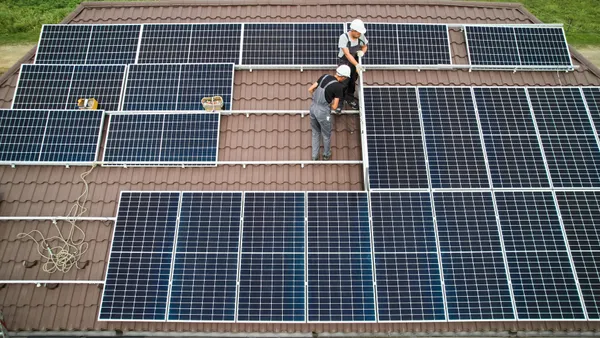Dive Brief:
-
Stem Inc. and Wet’n’Wild Hawaii, a theme park operator, have brought online what they call the largest customer-sited energy storage system in Hawaii, a 108-kW, 216-kWh battery array.
-
The project, is supported by Hawaii's Energy Excelerator, the Hawaiian Electric Co. and the Department of Energy’s SunShot Initiative, is part of a three-year pilot program to deploy storage systems at about 30 businesses on Oahu, Maui and Hawaii Island.
-
The storage system at Wet’n’Wild Hawaii will be the largest in the pilot program, making up about 10% of the overall battery capacity being deployed.
Dive Insight:
Tourist attractions like theme parks and aquariums can use large amounts of electricity during the day. That makes them good candidates for energy storage projects.
In the pilot project that Stem has engaged in with Wet’n’Wild Hawaii, the batteries will “kick in to decrease that peak usage spike we have always battled,” Jerry Pupillo, Wet'n'Wild Hawaii general manager, said in a statement.
“This makes dollars and sense for us as a business as our peak use determines the rate we pay. Big picture: this could help the utility avoid building another power plant because with battery storage our electricity use can be more precise and controlled to help manage the grid," Pupillo said.
The pilot project will support Hawaii's goal of 100% renewable energy by 2045, but large behind-the-meter storage projects are catching on in states without such mandates as well.
In Chicago, the Shedd Aquarium has installed a $2 million, 1 MW battery as part of the aquarium’s plan to cut energy consumption in half by 2020. The storage system will enable Shedd to sell stored power into the PJM Interconnection market.
Shedd has also installed 265 kW of solar panels on the roof of its Abbott Oceanarium. The solar panels generate between 300,000 to 400,000 kWh a year. Shedd on average consumes 1.2 million to 1.6 million kWh a month.














